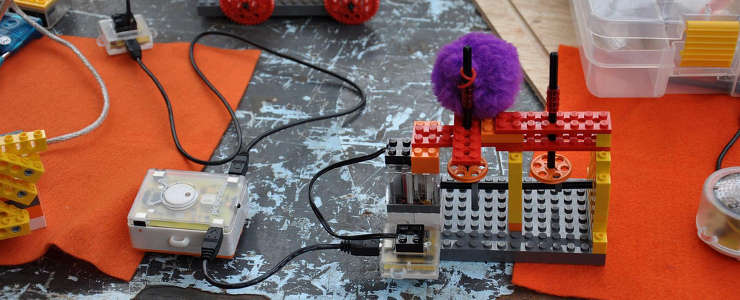This article was first published on O’Reilly Radar on May 15, 2012
Create, disassemble, repurpose! DIY-ers relentlessly void warranties and crack manufacturers’ cases, showing us what is possible when people decide that they, not the vendors, truly own the technology they have purchased. “If you can’t open it, you don’t own it,” the Make Owner’s Manifesto tells us.
This DIY ethic is now seeping into one of the most locked-down social institutions in existence: education. Educators, parents, technologists, students, and others have begun looking at the components, subassemblies, assemblies and specifications of excellent education and are finding ways to improve, reimagine, and reinvent learning at every level. They are inspired by a multiplicity of sources, from neuroscience to gaming, to knock down the barriers to learning that exist for so many young people. In every way, they are looking at the components of teaching and learning, and finding ways to re-create them to be more efficient; more effective; and, critically, more modular. Read more
 What does it take to inspire, raise, and nurture young Makers? Do they need lots of “stuff” lying around the house to create with? Do they need Internet access to connect with and learn from other makers? Do they need parents who respect and protect their need to make? “All of the above,” was the conclusion of apanel of Maker Moms and Dads I had the pleasure of participating in at last week’s San Mateo Maker Faire. Read more
What does it take to inspire, raise, and nurture young Makers? Do they need lots of “stuff” lying around the house to create with? Do they need Internet access to connect with and learn from other makers? Do they need parents who respect and protect their need to make? “All of the above,” was the conclusion of apanel of Maker Moms and Dads I had the pleasure of participating in at last week’s San Mateo Maker Faire. Read more

